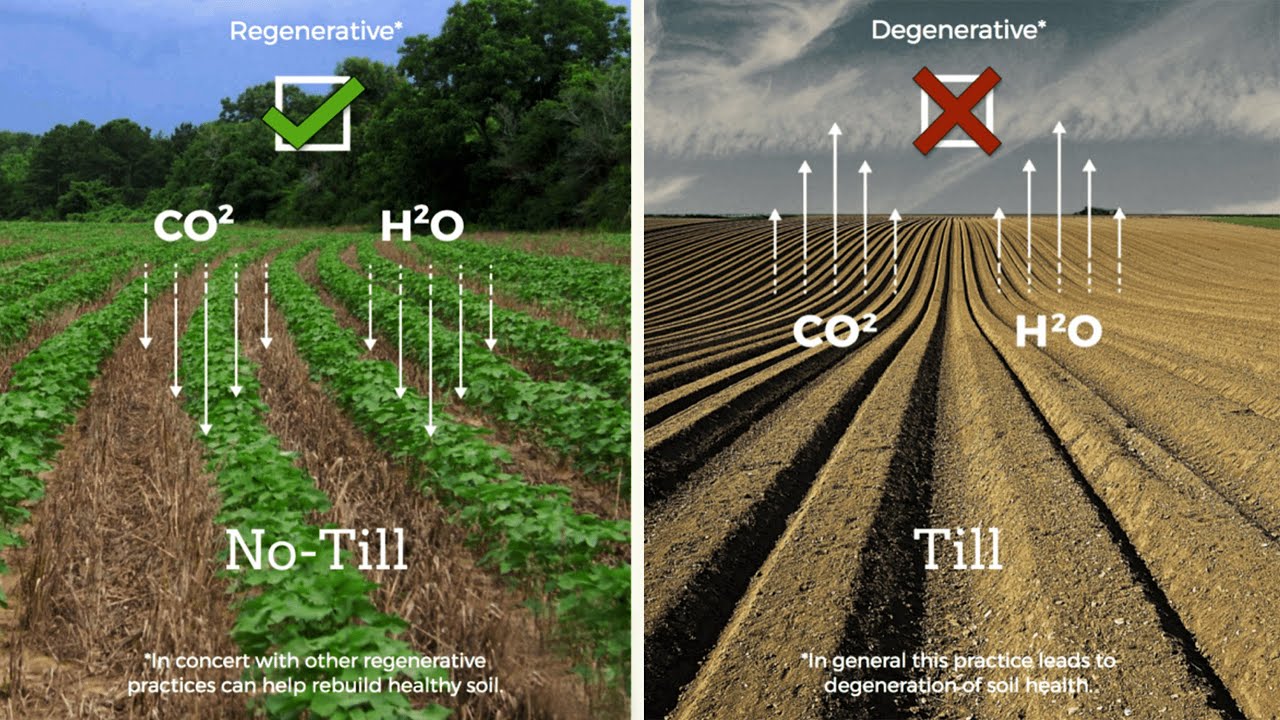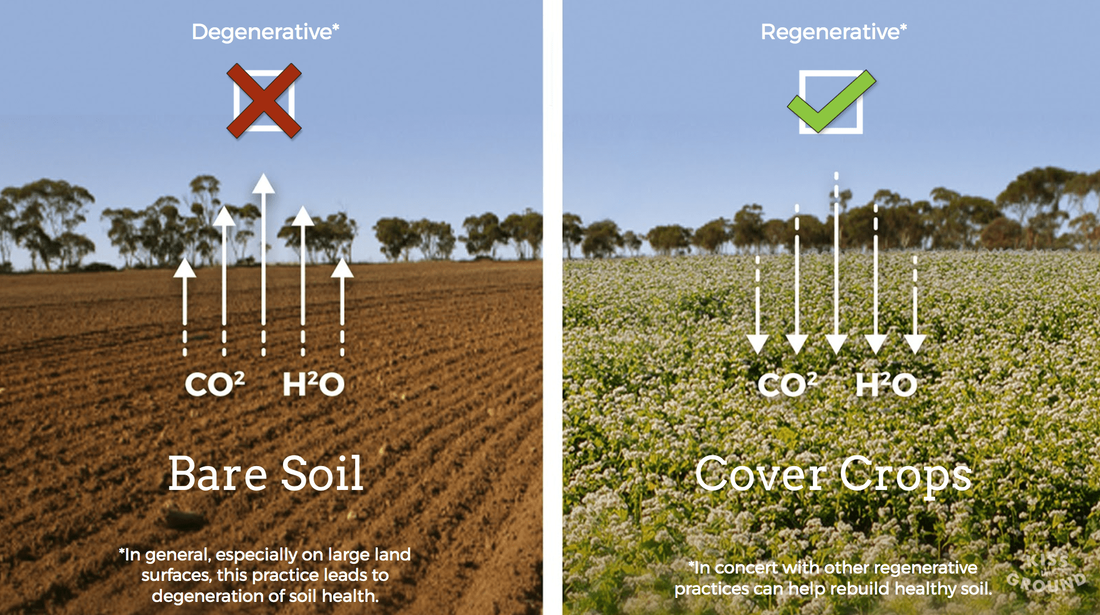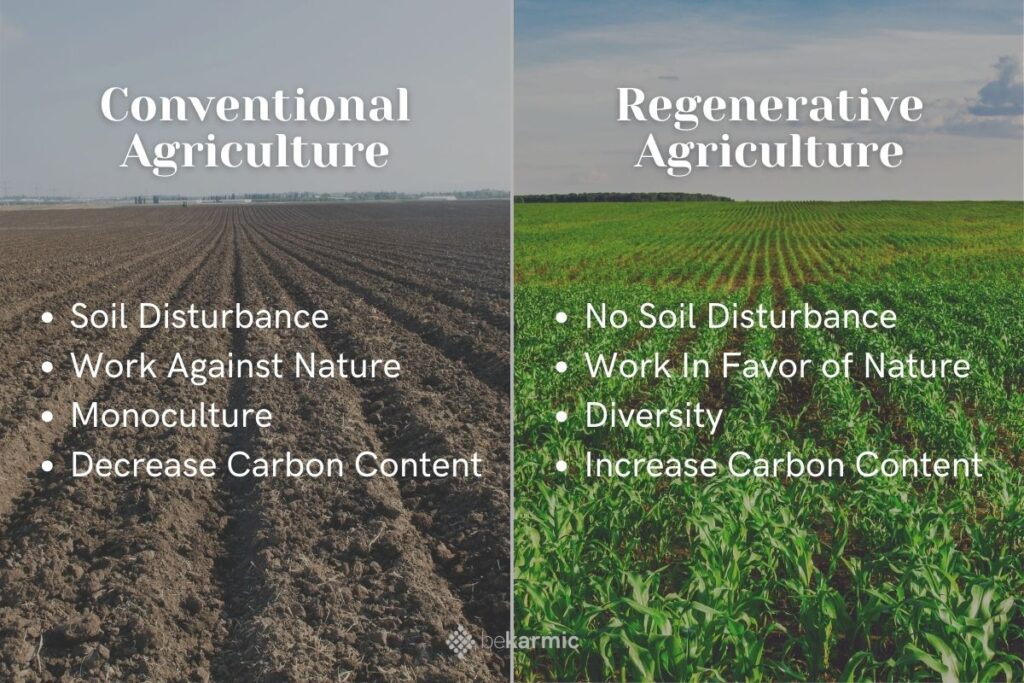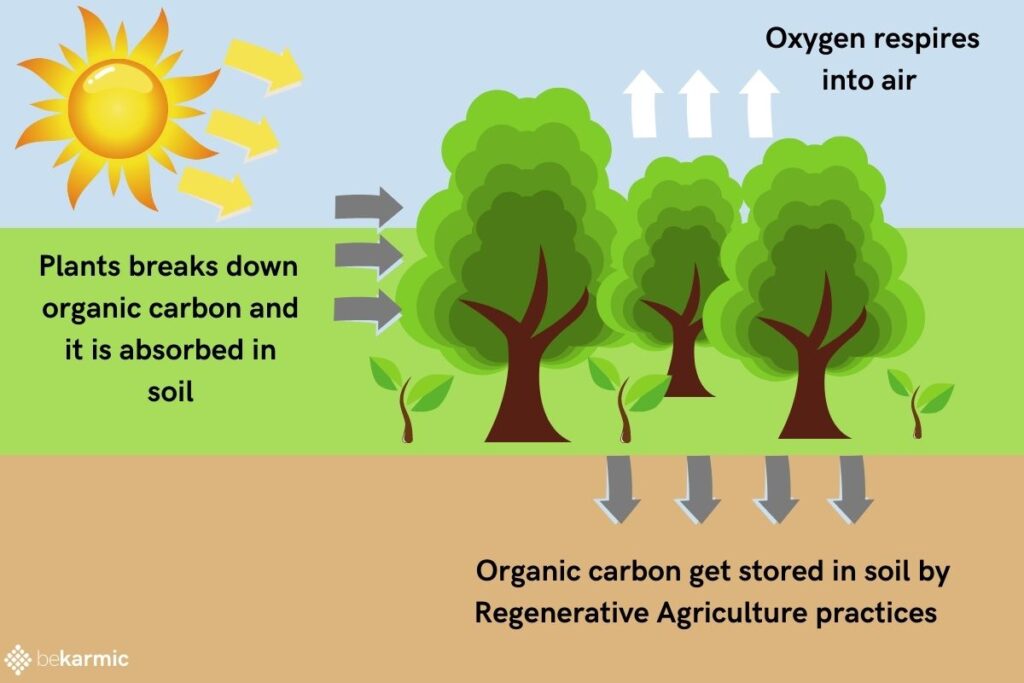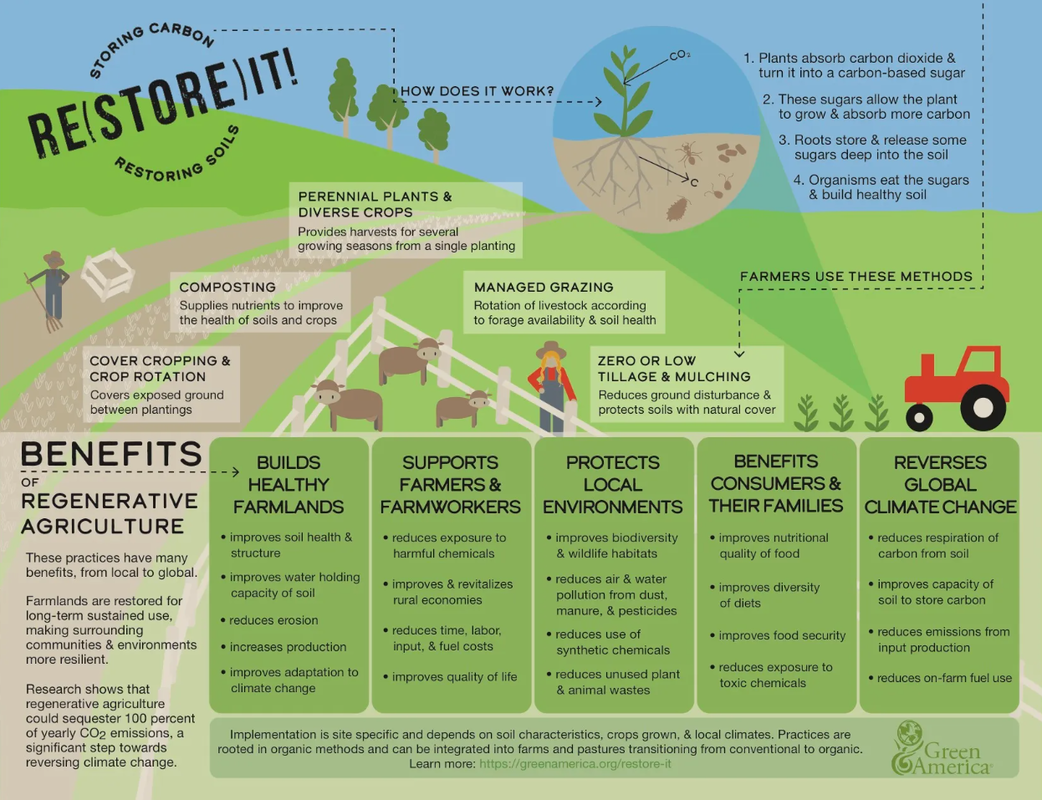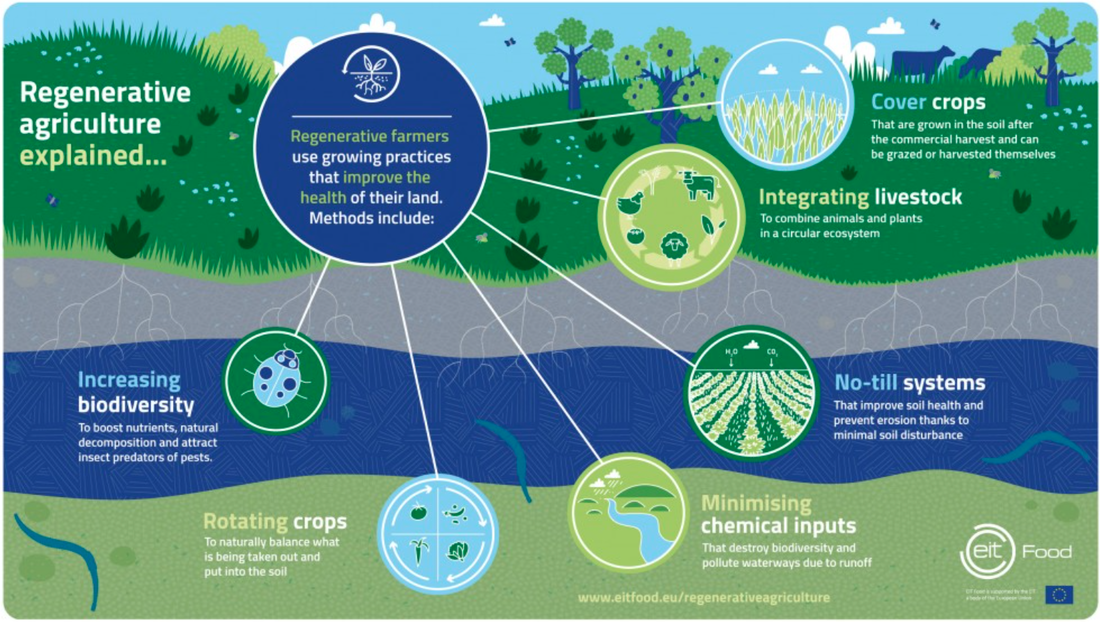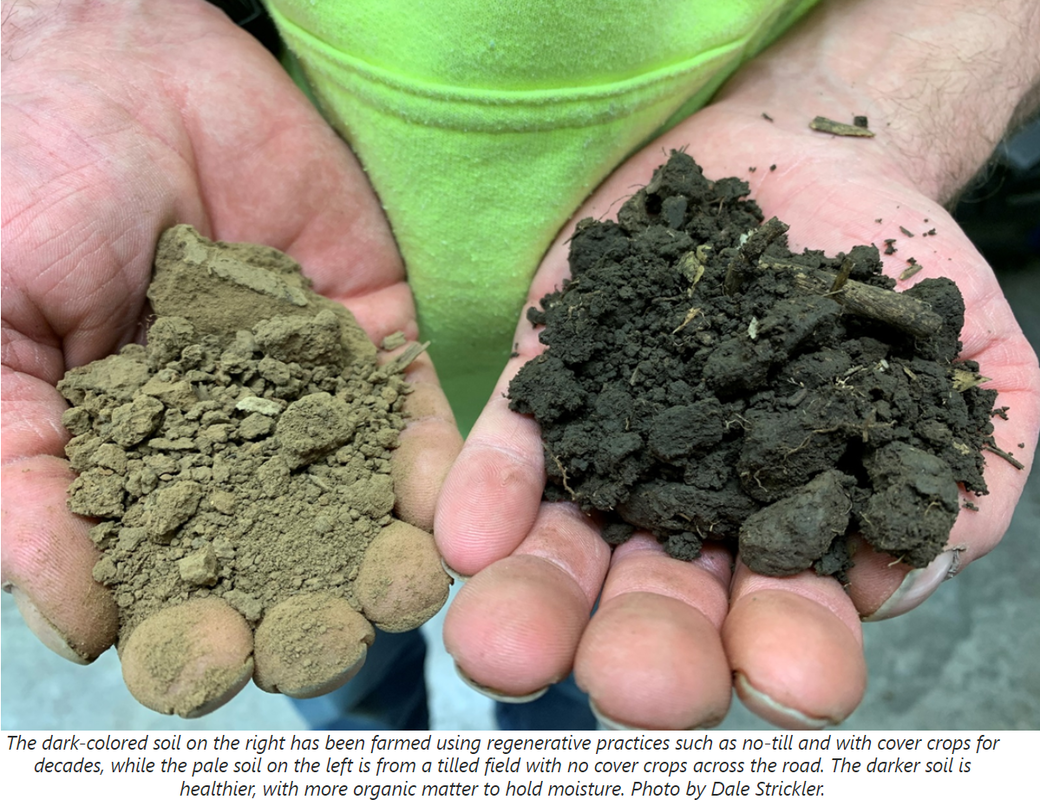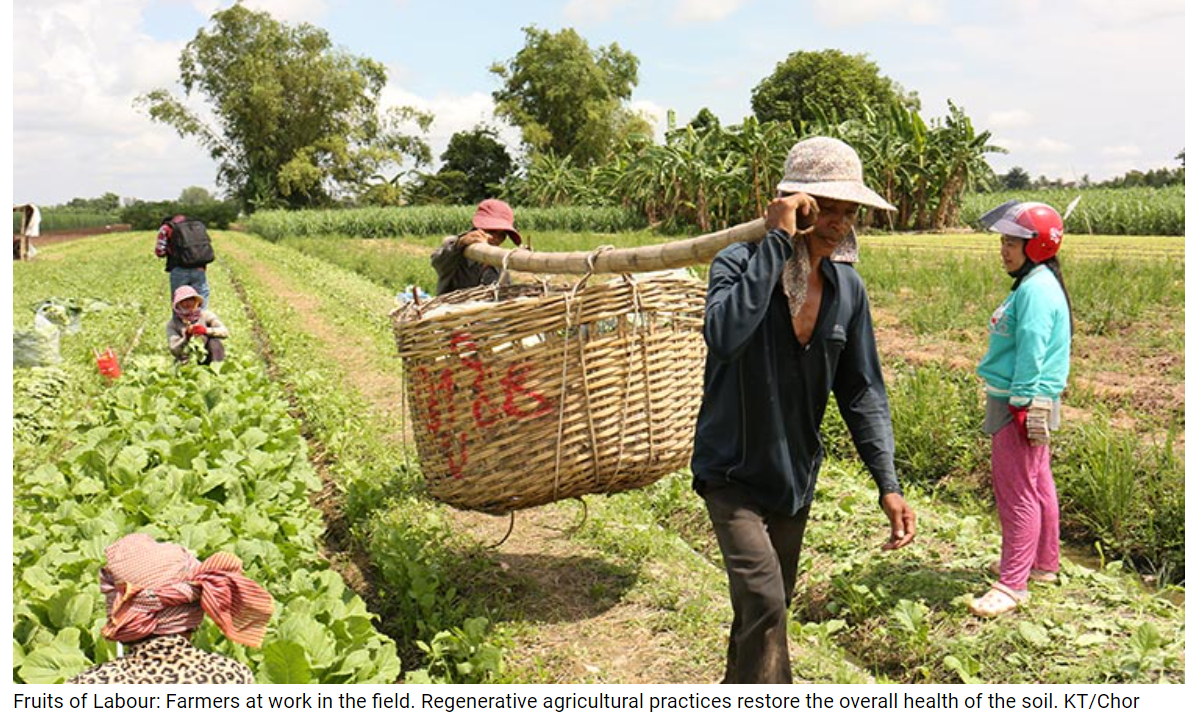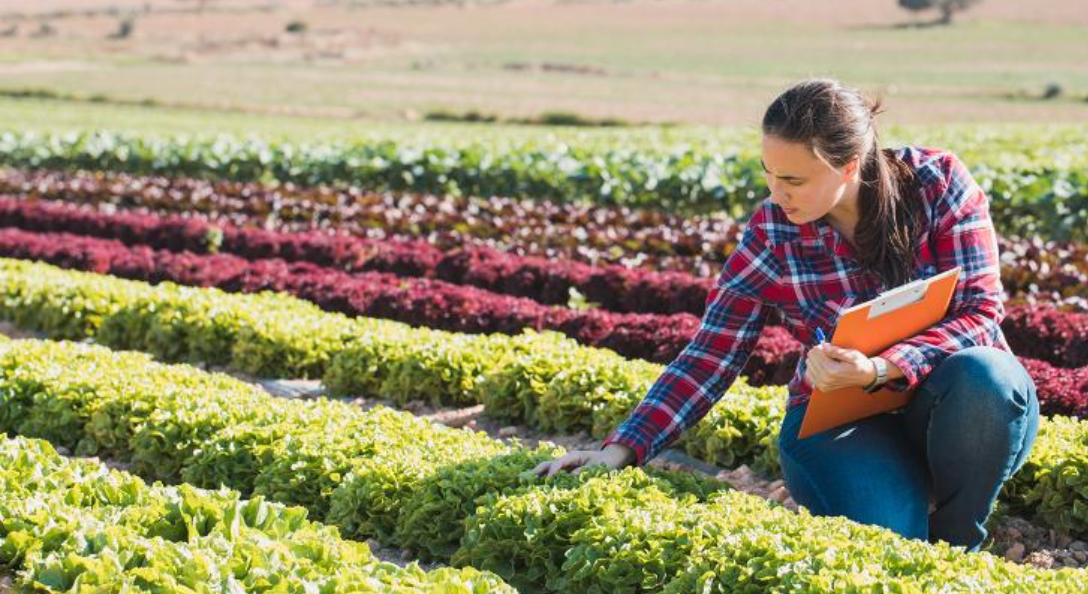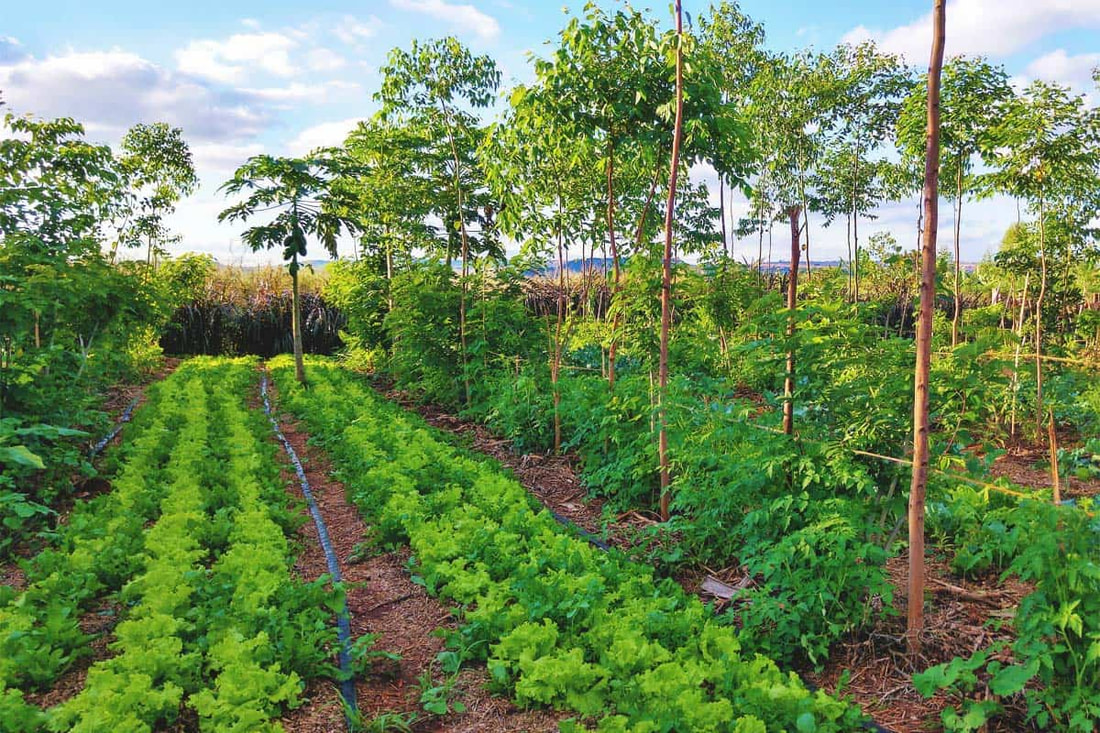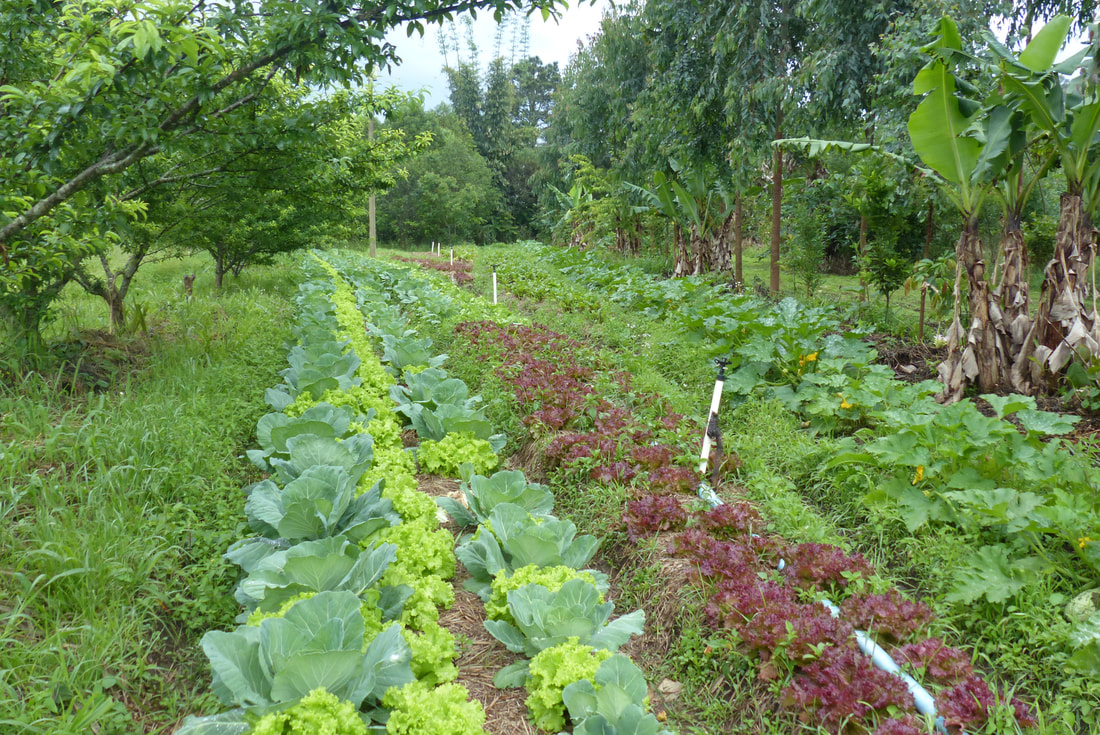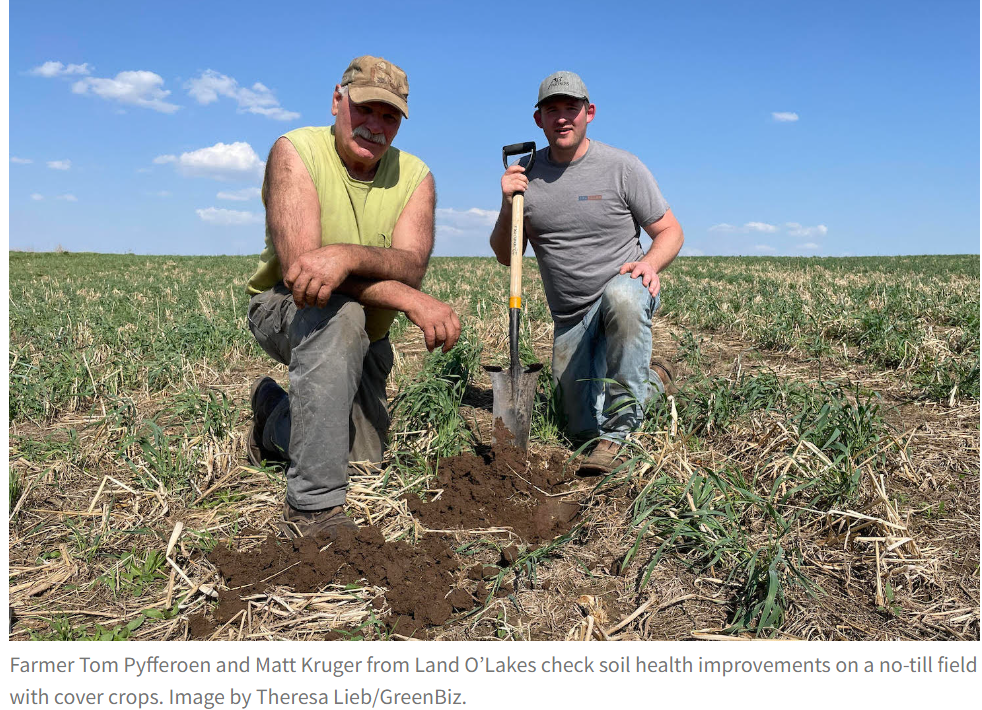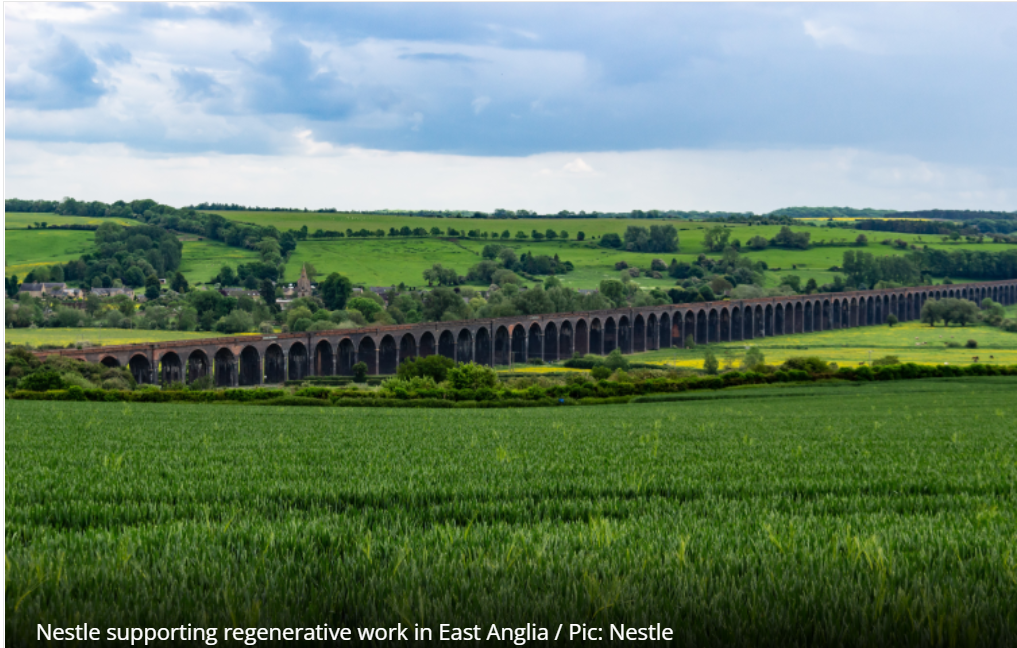13.06.2022
Regenerative Farming Boosts Soil Health, Yielding More Nutritious Crops
Regenerative Farming describes farming and grazing practices that, among other benefits, reverse climate change by rebuilding soil organic matter and restoring degraded soil biodiversity – resulting in both carbon drawdown and improving the water cycle. Regenerative farming practices — such as planting a diversity of crops, rotating those crops, and using no-till methods — foster diverse and healthy soil microbiomes. Food grown on the regenerative farms, they found, contained, on average, more magnesium, calcium, potassium and zinc; more vitamins (including B1, B12, C, E and K), and more phytochemicals. They were also lower in elements that can be detrimental to human health, including sodium, cadmium, and nickel. The regenerative farms had overall healthier soil with more carbon, as measured by their organic matter and a test that determines the quantity of soil nutrients available to soil microbes. The key to regenerative farming is that it not only “does no harm” to the land but actually improves it, using technologies that regenerate and revitalize the soil and the environment. Regenerative farming leads to healthy soil, capable of producing high quality, nutrient dense food while simultaneously improving, rather than degrading land, and ultimately leading to productive farms and healthy communities and economies. It is a dynamic and holistic, incorporating permaculture and organic farming practices, including conservation tillage, cover crops, crop rotation, composting, mobile animal shelters and pasture cropping, to increase food production, farmers’ income and especially, topsoil. Credit: BRIGHTVIBES
Poverty deprives people of adequate education, health care and of life's most basic necessities- safe living conditions (including clean air and clean drinking water) and an adequate food supply. The developed (industrialized) countries today account for roughly 20 percent of the world's population but control about 80 percent of the world's wealth.
Poverty and pollution seem to operate in a vicious cycle that, so far, has been hard to break. Even in the developed nations, the gap between the rich and the poor is evident in their respective social and environmental conditions.
Poverty and pollution seem to operate in a vicious cycle that, so far, has been hard to break. Even in the developed nations, the gap between the rich and the poor is evident in their respective social and environmental conditions.
